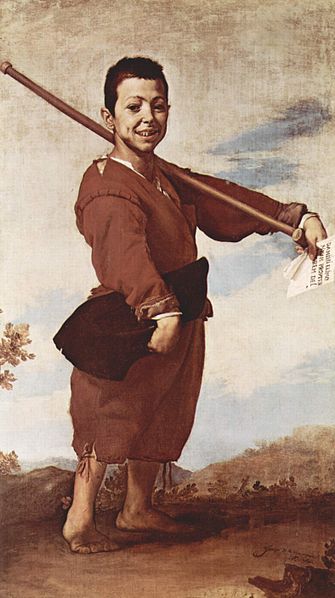Baroque

Baroque was an seventeenth century art movement that originated in Italy. The Baroque was stylistically complex, even contradictory. At this era Caravaggio’s dramatic intensity was appreciated, but his realism was seen by some as unacceptably vulgar. The Baroque painters focused on representing scenes of heroes, mythology and Catholic themes. Portraiture was also an important subject among Baroque painters.
Main Baroque painters were: Michelangelo Merisi da Caravaggio, The Carracci Family (Agostino, Annibale and their cousin Ludovico), Peter Paul Rubens, Rembrandt van Rijn, Jan Vermeer, José de Ribera, Francisco de Zurbarán, Diego Velázquez, Bartolomé Esteban Murillo, Josefa de Óbidos and Frans Hals. These painters used exaggerated motion, space, detail and chiaroscuro. This style shows also solidity and grandeur.
The Baroque period is also known for a great expansion in classical music. Baroque composers include George Frideric Handel, Antonio Vivaldi, and Johann Sebastian Bach. The period is characterized by tiered dynamics and the introduction of the Italian form (for the concerto) and the Sonata form (as a widely adopted musical organizational structure).
In literature, the Spanish baroque writers, as Quevedo, Miguel de Cervantes, Lope de Vega, Luis de Góngora and Sor Juana Inés de la Cruz, are framed in the Spanish Golden Age. In German literature "Simplicius Simplicissimus" by Hans Jakob Christoffel, is the most famous novel of the Baroque period. English literature is represented by William Shakespeare, John Fletcher, Francis Beaumont, John Donne and John Milton.
See also
For the musical period, see Baroque period (music).
External links
- Baroque The WebMuseum, Paris.
- Baroque Art History, Sweet Briar College.
- Baroque in Literature

